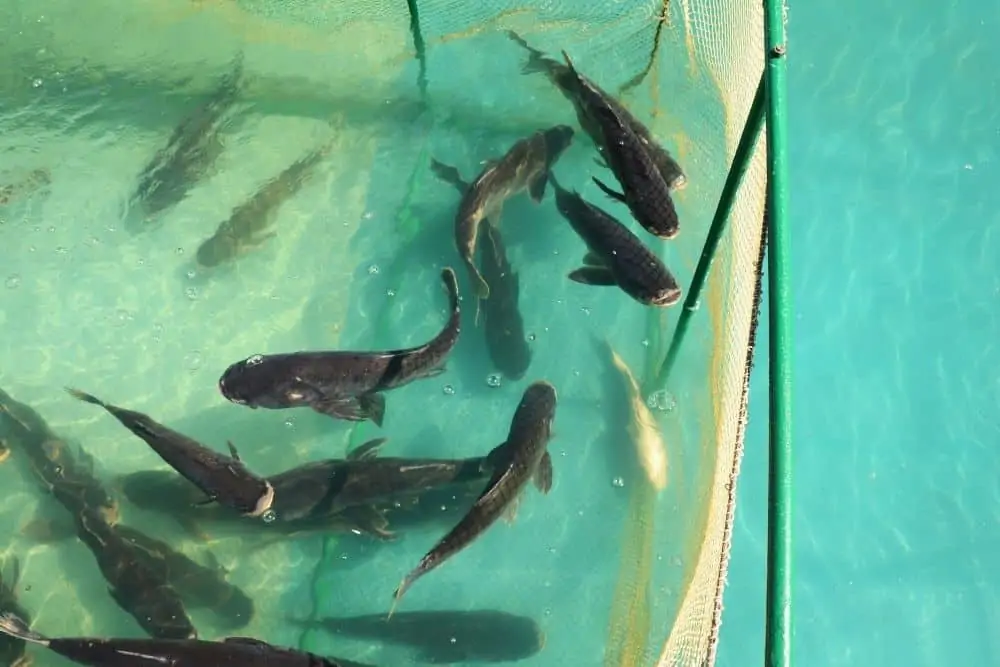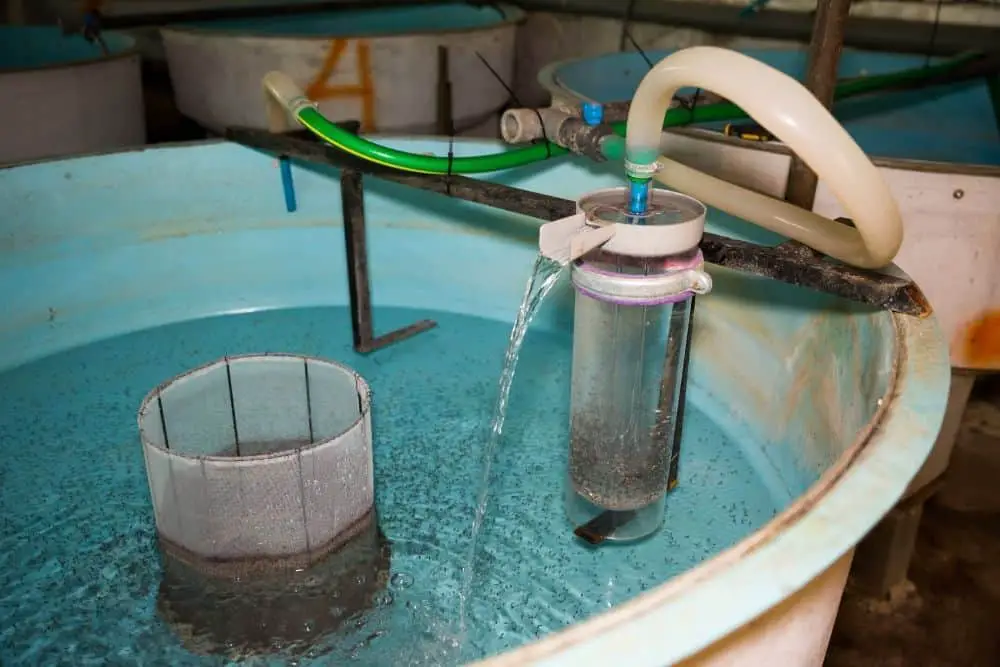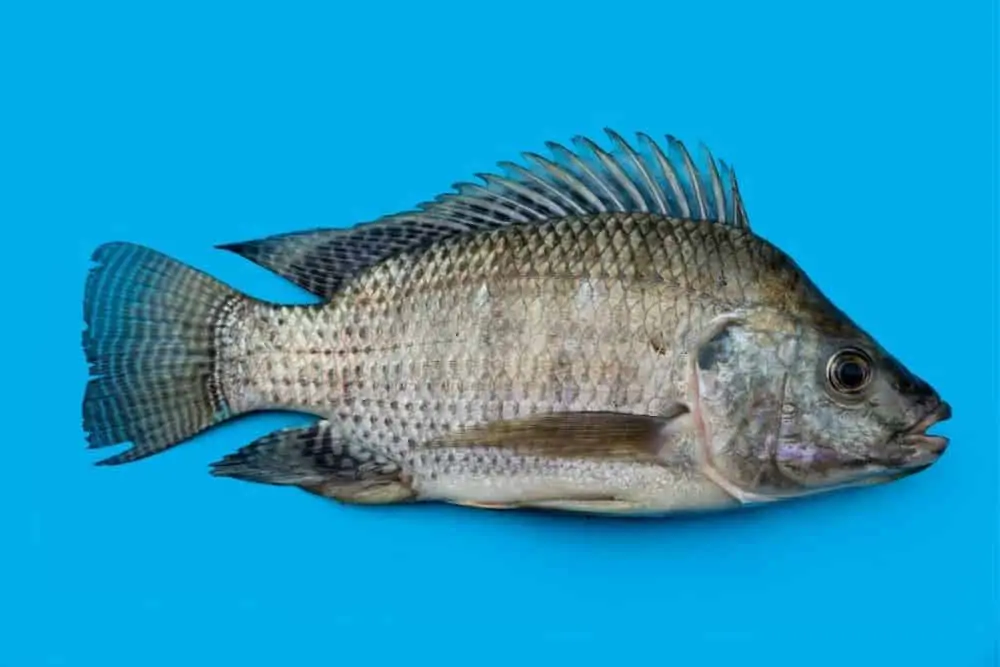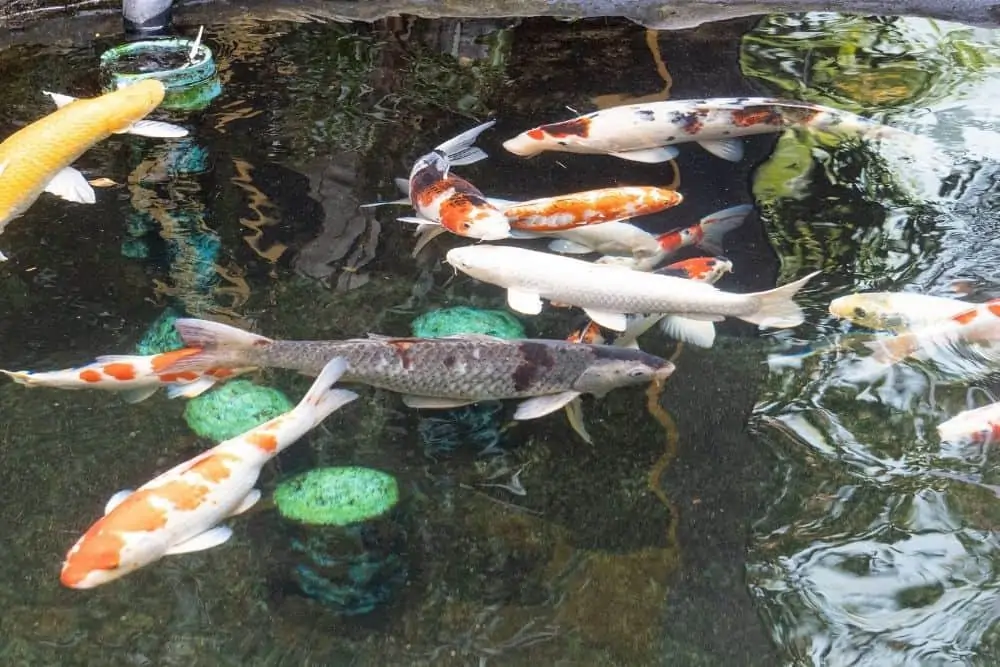Fish are a great source of protein. However, raising them for food can be difficult, and many people don’t know how to do it properly. In this article, we will look at the progression of aquaculture throughout history, as well as some ways that you can raise fish for food in an eco-friendly way.
Raising Fish for Survival Food
Raising fish for survival food is a healthy alternative to store-bought. Raising your own can be done on any small scale in backyard ponds, pools, or tanks, and this article will cover the basics of raising fish with help building up self-sufficient needs, including breeds that work best, equipment needed, and proper care.
Raising fish as a hobby is a great way to relax and spend time with family and friends. You can fish with the kids, enjoy watching the fish and learn how to take care of them. There are many breeds of fish for you to choose from, and there may be some that you may have never even heard of before.
There are specific steps that must be followed for healthy growth of your baby guppies, such as feeding and keeping the water clean. This article will examine those steps to give you insight into raising your own guppies for food or just for fun.
Commercial Aquaculture Strategies vs Home Aquaculture Strategies
Commercial aquaculture – There are two general strategies in commercial aquaculture: intensive and extensive.
Extensive aquaculture – The practice of extensive aquaculture relies on the use of large ponds.
Intensive aquaculture – The practice of intensive aquaculture is a result of tank management to produce a large quantity in as small a space as possible.
Raising fish at home can be a great way to save money and have more control over the quality of your fish. It can be a lot of work and is not for everyone. Research thoroughly before you start because there are costs associated with the start-up process in addition to learning curve that will need to be mastered as well. However, it does take time before you’ll see any return for all that work!
Raising Fish in a Farm Pond
Your backyard could be an aquarium. For some people, the home version of aquaculture might just be a farm pond in their back yard. These ponds are perfect for those who want to raise and grow carp or other small fishes such as Tilapia because they do not need any special equipment like filters or heaters. If you have a pond on your property, stocking it with regionally appropriate fish is relatively simple.
Crappies, bass, and bluegill are all viable choices for larger ponds. The key elements to consider when deciding what fish will work best in your pond include depth (to make sure the water doesn’t freeze) and temperature protection from summer heatwaves.
If your pond can have an ecosystem, then you will not need to manage it or feed it. A significant drawback of a farm pond is the process of harvesting. There are no good methods to catch your fish at a mass scale, so you will need to do it the traditional way. This means that you have to catch the fish one-by-one, with a fishing pole.
You’ll be able to enjoy a good meal of fresh fish anytime you want, all you have to do is a little bit of fishing. Your pond will provide the perfect place for you and your family or friends at all times!
Fish Ponds in Warmer Climates
In warmer climates, a shallow pond may be stocked with Tilapia. These fish offer many advantages over other species in warm regions as they are fast growers and ready breeders while being good eaters too! When fishing for them near ponds, you can use seine nets to catch these delicious freshwater creatures that thrive well in tropical climates.
If you want to increase your production by feeding the fish a commercial feed. There are tons of various fish feeds designed to suit different needs. Purina makes a feed for people who want an organic option, and there’s always some good food around if you know where to look!
If you’re looking for a hands-off approach to maintaining your aquaponics system, then the laissez-faire strategy might be just right. This technique will require less stocking density and slower grow-out time but will produce free food!
Raising Fish in Tanks

If you live in a colder climate or want to produce Tilapia fish, tank culture is the best way to succeed. The hardy Tilapia can tolerate a wider range of water conditions than many species.
The variety of Tilapia you select will determine the temperature range in which they are comfortable. For example, some blue Tilapia strains can survive in water temperatures as low as 48 degrees, but they will only grow if the temperature is warmer than 70 degrees.
It takes about 8 months to grow a fish from being fry to fillet. If you plan your raising activities correctly, the cycles can easily be timed for warmer seasons in most areas of the continental United States.
We have always been creative about what we use as our fish-holding areas over time. From large fiberglass floatation devices that had their tops removed after they were sitting on land or new construction sites waiting weeks or months before being needed, all different kinds of containers such as plastic tubs, buckets, even ice chests: anything can be made into a temporary fish-holding area. You just need to have a little creativity to get the job done.
Filter System for Raising Fish in Tanks

Our filter system is integral to keeping the water in your pond looking clean and healthy. The 25-gallon stock tank houses our pump, which pumps 750 gallons of clean tap water per hour into a five-gallon bucket via some lava rock and gravel for filtration purposes. 12-volt pumps are available if you’re worried about power outages!
Lava rocks have holes and pores that have good bacteria. These bacteria can help keep the balance in your aquarium. You will want to get some lava rocks for your fish tank if you want it to be a cleaner and healthier place for your fish to live.
To make a filter, take a bucket and put holes in it. Make them about 6 inches from the bottom of the bucket. Put that bucket in the middle of your tank with rocks around it. Fill up the rest of your tank with rocks too, but only within 3 or 4 inches from the top so no water can get out.
The water pump is in the middle of the bucket. The gravel and lava rock provide a place for bacteria to digest fish waste and clean the water. The bucket, and placement of holes, make sure that all water will go through gravel.
The pump system is designed to make life easier for fish owners! It transfers water back and forth between the filter tank, which helps keep the water clean by removing dirt and debris. This also prevents an overflow from happening in your aquarium when you forget to turn off a faucet or hose nearby while filling up your pool with fresh drinking water.
If you want to keep your fish alive, always pump water in and not out of the tank. That way, if a pipe breaks, it will only be the pump that gets burned up rather than all of those poor little dead fishes in an empty tank!
You may have seen those beautiful underwater gardens in a tank at your local pet store, but did you know that these are natural aquatic plants? Aquatic plants can be kept in the pool to absorb more waste and excess nutrients. They make an ideal living environment for fish and free food for them also – unless it becomes too extreme with algae growth!
Determining Your Ideal Grow Season for Raising Fish
While it’s best to complete your grow-out during warmer months, sometimes that just isn’t possible. To keep the water at a comfortable temperature for fish even in cold weather time you’ll need an aquarium heater!
One idea is to put the fish tank in a greenhouse. This will allow you to fully capitalize on any sunlight that comes from outside, and it also means your Tilapia will get all of its natural light inside too! Some states like Missouri require this for raising Tilapia anyway because they don’t want them “escaping.”
Aquarium Heaters for Raising Fish
Fish need to be kept warm during the winter, and because many aquariums are outdoors, you may not have sufficient heating for your fish. A variety of methods can help with this, including using a large outdoor heater or pumping water through coils in an indoor barrel stove.
Stainless steel propane line is your best bet for a system like this. It will not emit copper into the water, which could be toxic to aquatic organisms living in it. If you are using a tank inside of an enclosed greenhouse, then it can help keep that area warm as well!
Best Breeds for Raising Fish for Food

Blue tilapia is the best fish to raise because it is a cold-resistant fish that is hardy and easy to raise in both small spaces or large. Fish can be purchased from a variety of sources, but it’s important you find one that has your area in mind and works with budget constraints too.
You can save money by not buying new stock for each grow out run. If you’re interested in breeding fish, consider establishing a colony of them at home with the help of your aquarium and some basic guidelines.
One good rule to follow is that stocking densities should be modest so as to avoid water quality issues or feed management problems. Assuming a target weight of 2-2½ pounds per fish, keep density around one animal every 5-10 gallons; this will ensure enough space for all animals while also keeping costs low.
Trout are a lot more difficult and require special conditions, but if you have the right resources, they can prove to be rewarding. You may want to try raising trout in raceways or tanks because this will depend on your source of fry (baby fish) for each grow out run.
In Conclusion
Fish are a reliable source of protein and variety in your self-sufficient or survival diet. They require some infrastructure, but once things are set up, they’re fairly low maintenance.
Watch what you are doing and don’t overstock or overfeed. This will help you have a fresh supply of fish for your dinner.

